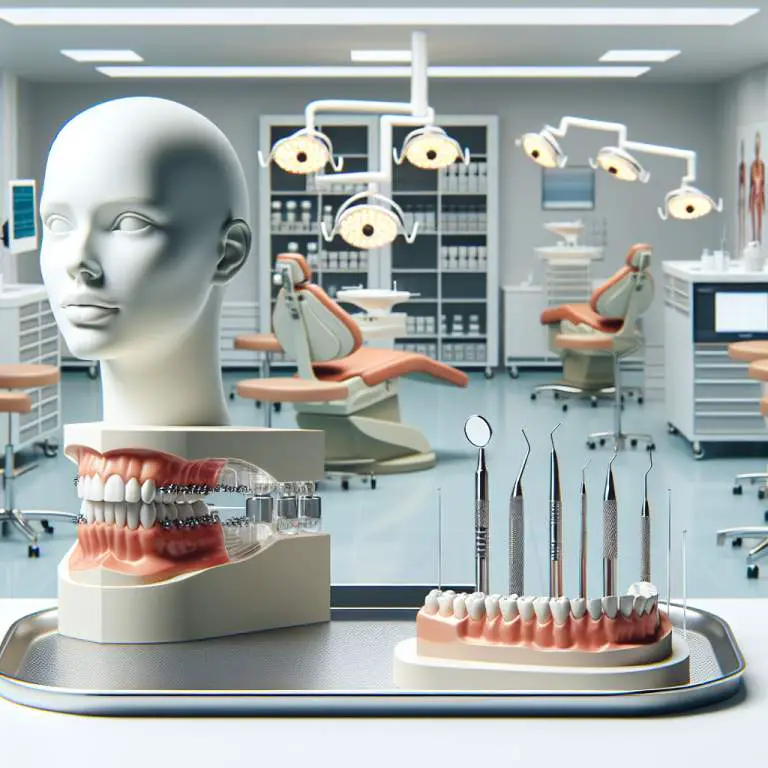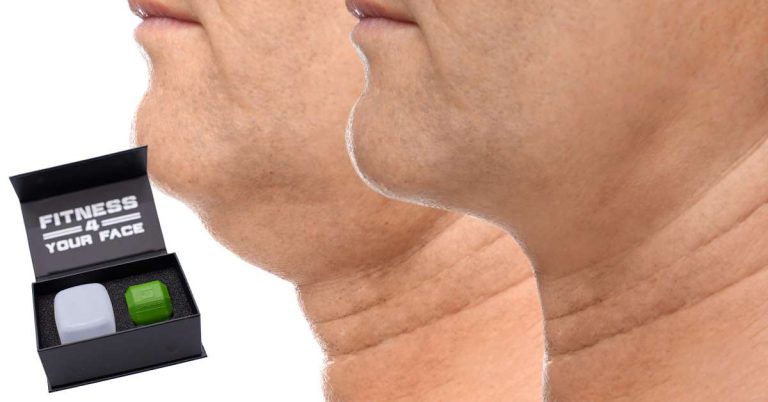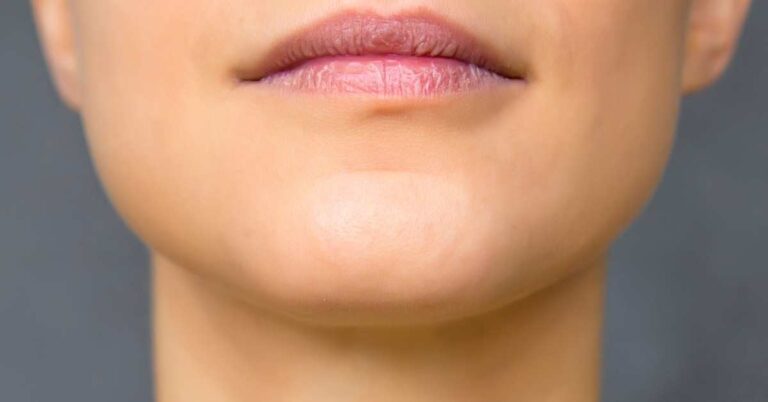Unlock your facial potential with our safe and effective mewing exercises.

Can mewing affect the lower face more than the upper face?
Yes, mewing can affect the lower face more than the upper face. This technique mainly targets the jawline and chin area by promoting proper tongue posture and jaw alignment. People practicing mewing often notice improvements in their lower facial aesthetics, such as a more defined jawline, compared to changes in…

Is there a difference in the level of maintenance required for mewing vs. other methods?
Yes, there is a difference in the level of maintenance required for mewing compared to other jawline enhancement methods. Mewing, which involves proper tongue posture and has minimal costs, requires consistent daily practice to see results. In contrast, other methods like jawline exercises or devices might demand less daily commitment…

How sustainable are mewing results compared to jawline contouring surgeries?
Mewing results, which come from changing how you position your tongue and jaw, can last a long time if you keep doing the exercises. However, they might not be as permanent as jawline contouring surgeries. These surgeries change your jaw’s shape for good. So, if you’re looking for a solution…

How To Fix Your Jawline: Double Chin Exercisers, Mewing, Botox, and More
It’s sad but true: if you have a double chin, you probably want to get rid of it, but you probably don’t know how or where to start. We tend to view a strong, chiseled jawline as a requirement to being attractive. But for so many of us, we’re stuck…

What makes mewing a preferable choice over Botox injections for jawline contouring?
Mewing is a preferable choice over Botox injections for jawline contouring because it is a natural, non-invasive technique that involves adjusting the position of the tongue and mouth to shape the jawline over time. Unlike Botox, which requires injections and can have side effects, mewing relies on consistent practice without…

How to approach mewing if I have existing TMJ or dental issues?
If you have TMJ or dental issues, start mewing carefully. First, consult with a dentist or orthodontist to ensure it’s safe for you. When practicing mewing, focus on gentle tongue placement without straining your jaw. This way, you can avoid making your condition worse while trying to improve your jawline….

Can mewing address functional issues related to jawline structure as effectively as orthodontic treatments?
Mewing, a technique that involves proper tongue posture to potentially reshape the jawline, may offer some benefits. However, it is not as effective as orthodontic treatments for addressing functional jaw issues. Orthodontic treatments are designed by professionals to specifically correct these problems. Therefore, for functional jaw issues, seeking advice from…

What timeframe should I expect for jawline improvements through mewing?
When you start mewing, expect to see jawline improvements within a few months to a year. However, the exact time can vary based on how often and correctly you practice the technique. For best results, make sure to consistently apply proper tongue posture every day. This way, you might begin…

Can Mewing Fix A Receding Chin?
Weak jaw. Weak chin. Receding chin. No matter what you call it, you probably wish your jawline was more chiseled. There are extreme measures you can take (like surgery) for this problem, and they may be necessary for some people. But many people with a receding chin would like to…
